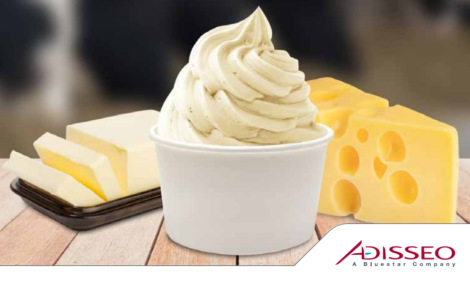



How DNA Parentage Testing in Cattle is Done
We’ve all seen the pictures of DNA that looks like a spiral staircase, but in fact DNA is made up of units called base pairs and there are four different base pairs represented by the letters A, T, G and C. Cattle have 2.8 billion base pairs and humans have 3 billion, writes Angela Lovell.A DNA laboratory uses SNPs to measure DNA content and assign parentage.
“SNPs are small changes in the DNA content and in the base pair of an animal that you may or may not see on the outside of the animal,” said Michelle Miller of Delta Genomics, a DNA laboratory in Edmonton, Alberta which handles around 42,000 samples from livestock annually. Basic parentage tests use 95 – 118 SNPs and cost around $20 per animal.
Genomic Profiling
The next generation of DNA parentage testing is genomic profiling, a process which generates 26,000 to 130,000 SNP’s per animal and combines the SNP genotype generated with these large numbers of SNPs with the data from EPDs (Expected Progeny Differences) to provide genomically enhanced EPDs (gEPDs).
“These gEPDs are more accurate earlier in the animal’s life. So if we were to get gEPDs on one of your bulls we could have a similar accuracy when the bull is one or two years old as opposed to when its five or six years old and has already had progeny and we have seen how the progeny performs,” said Ms Miller.
“It leads to better breeding selection for traits of interest such as carcass traits, fertility traits, and so on.”
Although genomic profiling is more expensive at $60 to $125 per animal, the seedstock sector is starting to use gEPDs as another breeding tool.
“We are currently starting up some projects to bring gEPDs to the commercial sector and are really starting to focus on residual feed intake and some of the carcass traits,” said Ms Miller.
Steps in a SNP test
There are four steps in the process of using SNPs to determine parentage.
1. Inventory
A one to two day process that records all the animal’s information, sorts the samples from the animal and assigns barcodes to each sample.
2. DNA Extraction
Extracting the DNA can take two to three days. Cutting and cleaning each individual hair from a sample is the most time consuming part of this step. Lab technicians then extract the DNA from the hair and measure it to ensure there is the same concentration of DNA across all samples.
3. SNP Genotyping
DNA samples are placed on a SpectroChip and scanned in batches through a mass spectrometry machine to determine which base pair, A, T, G or C is present in each animal based on the mass of the DNA.
4. Data analysis
Computer programs analyse the raw data from the SpectroChip scan and translate it into a format that is easy to read. Technicians can then compare the SNP profile of the calf and SNP profiles of possible sires to find a match.


